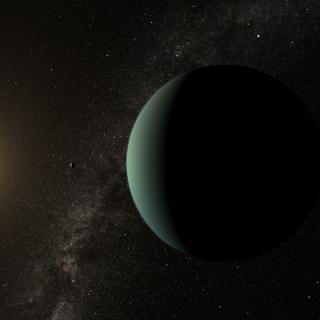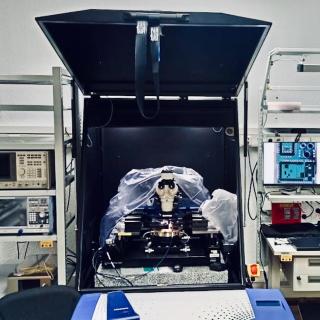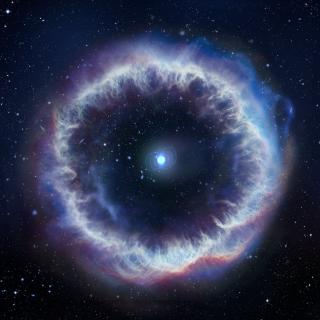It may interest you
-
 The Instituto de Astrofísica de Canarias (IAC) and the Universidad de La Laguna (ULL) has confirmed the discovery of a super-Earth orbiting in the habitable zone of HD 20794, a nearby Sun-like star. This discovery, the result of over two decades of observations, opens a window to future studies of Earth-like planetary atmospheres. The search for planets in the habitable zone of Sun-like stars is crucial for understanding the possibility of life beyond Earth and for studying conditions similar to those that enabled the development of life on our own planet. In this context, HD 20794, a starAdvertised on
The Instituto de Astrofísica de Canarias (IAC) and the Universidad de La Laguna (ULL) has confirmed the discovery of a super-Earth orbiting in the habitable zone of HD 20794, a nearby Sun-like star. This discovery, the result of over two decades of observations, opens a window to future studies of Earth-like planetary atmospheres. The search for planets in the habitable zone of Sun-like stars is crucial for understanding the possibility of life beyond Earth and for studying conditions similar to those that enabled the development of life on our own planet. In this context, HD 20794, a starAdvertised on -
 The Instituto de Astrofísica de Canarias has put itself on the frontier of astrophysical technology by developing the first integrated photonic circuit designed entirely within the Institute. This pioneering advance will permit the improvement of astronomical instruments, and the development of innovative systems for observing the universe. Astrophysical instrumentation, for both ground-based and space-based use is so specialized that often comercial systems and subsystems do not come up to the required specifications, This makes it necessary to buy high priced components or to delegateAdvertised on
The Instituto de Astrofísica de Canarias has put itself on the frontier of astrophysical technology by developing the first integrated photonic circuit designed entirely within the Institute. This pioneering advance will permit the improvement of astronomical instruments, and the development of innovative systems for observing the universe. Astrophysical instrumentation, for both ground-based and space-based use is so specialized that often comercial systems and subsystems do not come up to the required specifications, This makes it necessary to buy high priced components or to delegateAdvertised on -
 A new international study, using observations from the Gran Telescopio Canarias at the Roque de los Muchachos Observatory on La Palma, has identified a plasma bubble as the source of the persistent emission observed in some of the so-called fast radio bursts (FRBs), one of the most powerful and unknown cosmic events in the Universe. The data also allow researchers to constrain the nature of the “engine” powering these mysterious sources. The results are published today in Nature. Discovered just over a decade ago, fast radio bursts (FRBs) emit millisecond-long pulses that release an immenseAdvertised on
A new international study, using observations from the Gran Telescopio Canarias at the Roque de los Muchachos Observatory on La Palma, has identified a plasma bubble as the source of the persistent emission observed in some of the so-called fast radio bursts (FRBs), one of the most powerful and unknown cosmic events in the Universe. The data also allow researchers to constrain the nature of the “engine” powering these mysterious sources. The results are published today in Nature. Discovered just over a decade ago, fast radio bursts (FRBs) emit millisecond-long pulses that release an immenseAdvertised on

